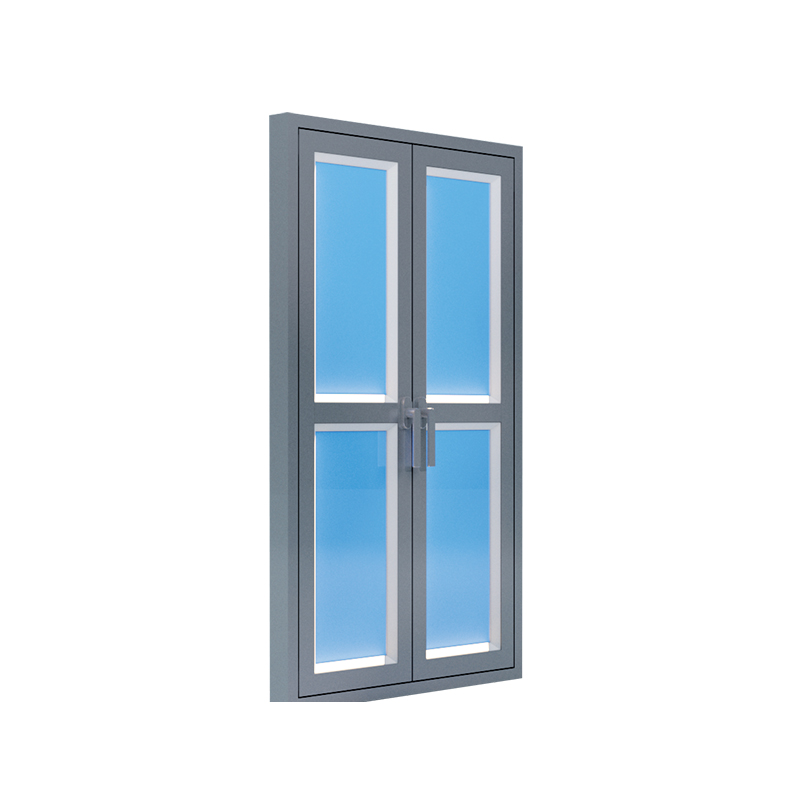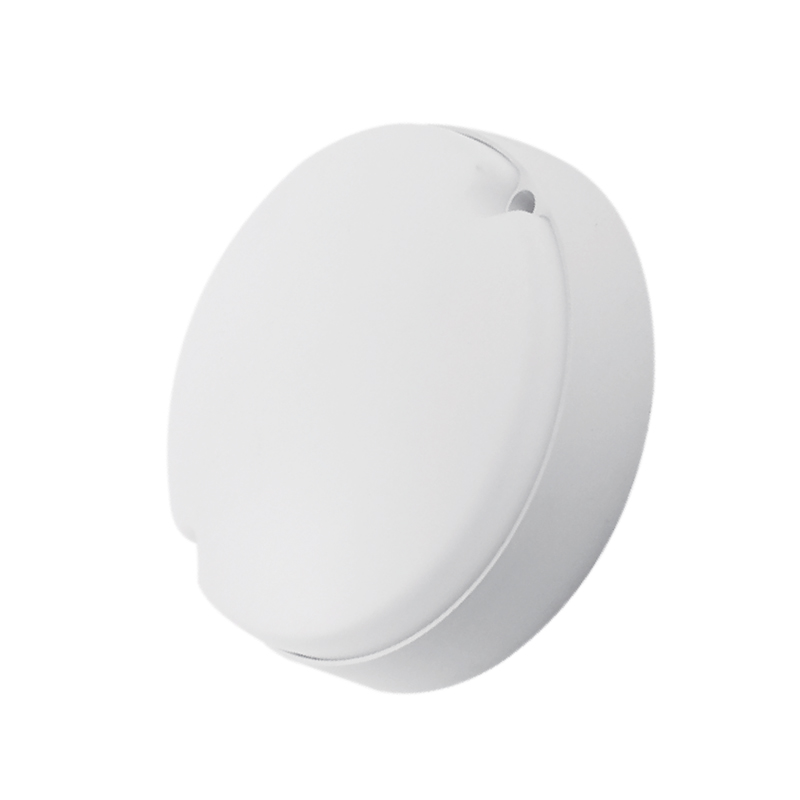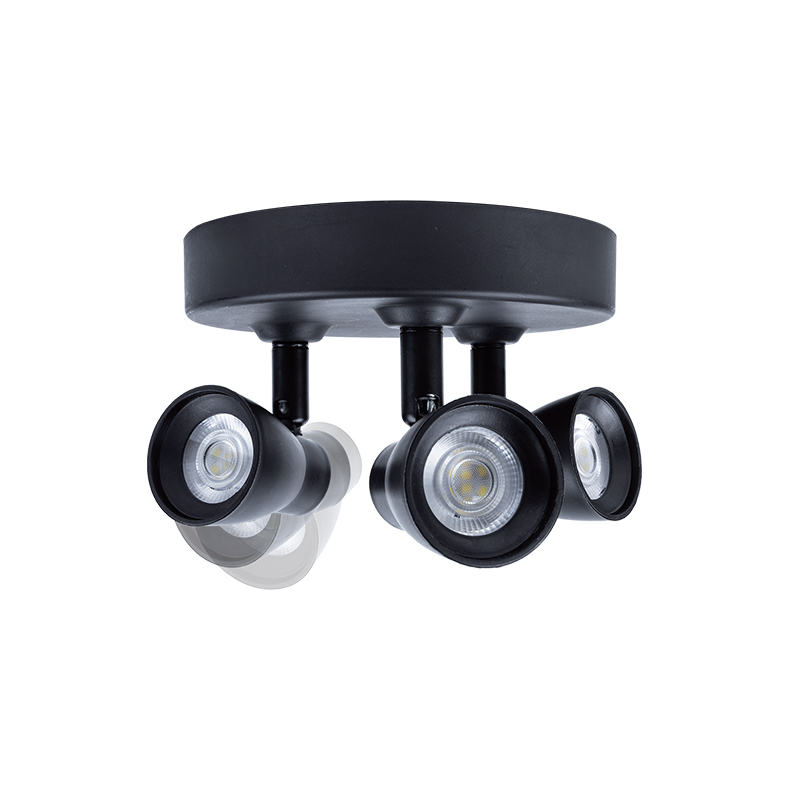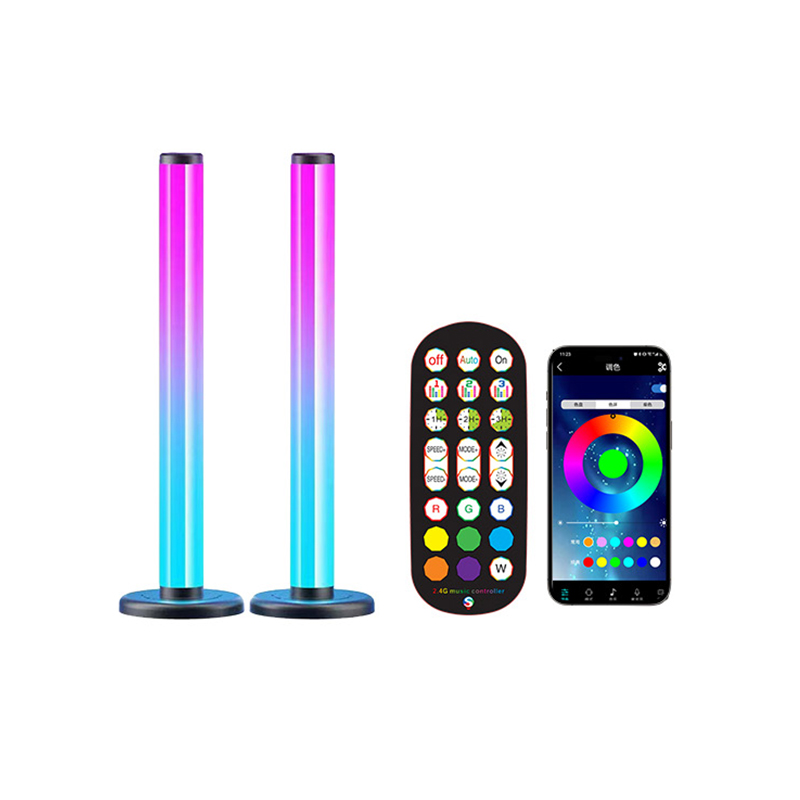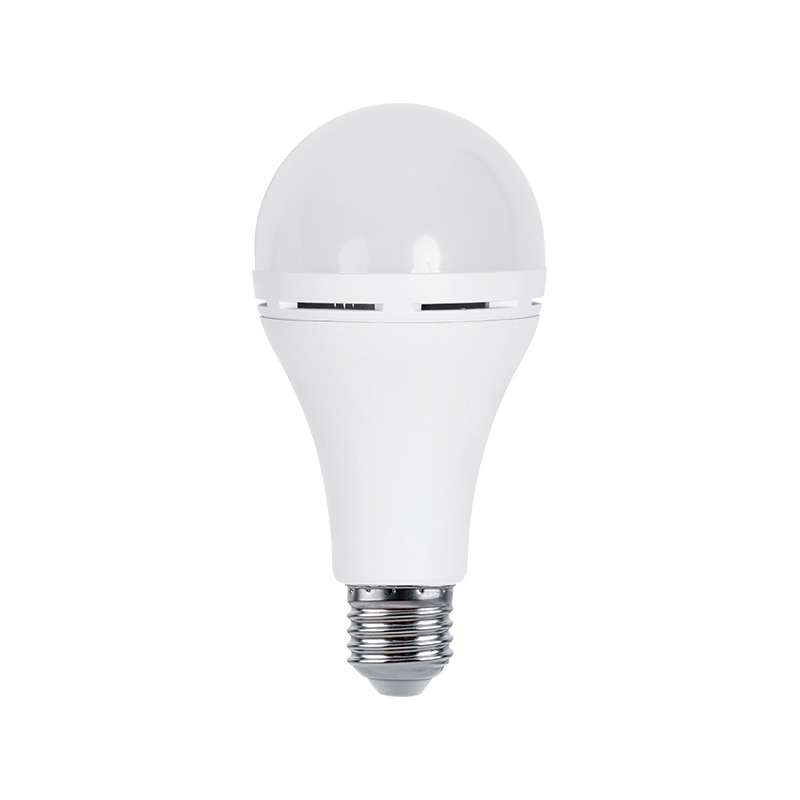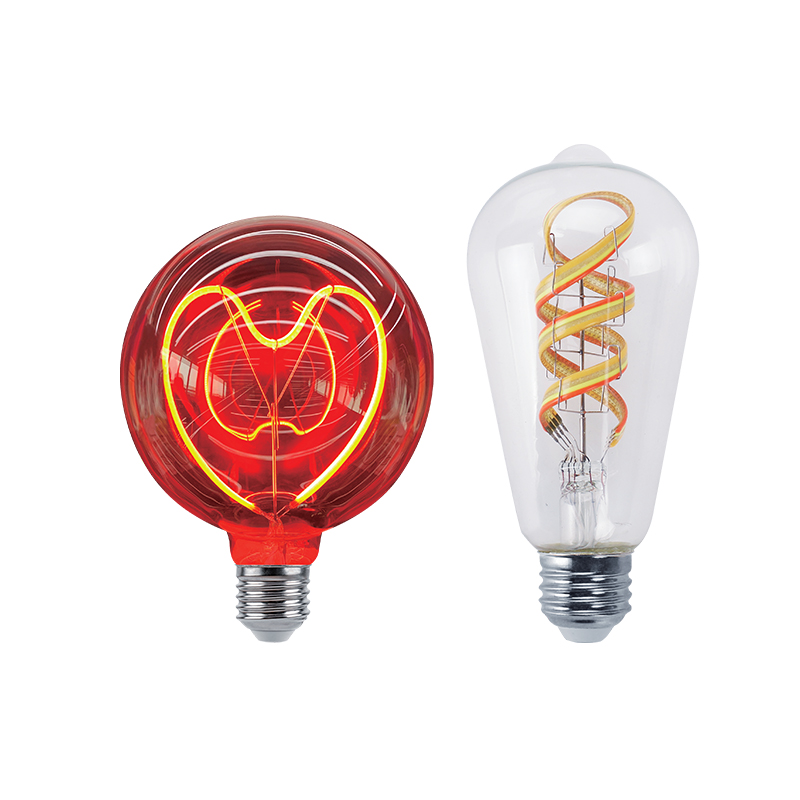We sincerely look forward to establishing a long-term development partnership with you with good quality and professional services.
Introduction
Plant growth lamps are artificial light sources, usually electric light sources, designed to stimulate plant growth by emitting an electromagnetic spectrum suitable for photosynthesis. Plant lights are used in applications that do not have natural light or require supplementary light. For example: in winter, when the possible daylight time may not be enough to achieve the desired plant growth, lights are used to extend the time the plants receive light. If the plants do not get enough light, they will grow in length.

The growing lights either try to provide a spectrum similar to the sun, or provide a spectrum that is more suitable for the needs of the cultivated plants. Simulate outdoor conditions from different colors, temperature and spectral output of the growth lamp, and change the lumen output (intensity) of the lamp. Depending on the type of plant to be cultivated, the cultivation stage (such as the germination/vegetative period or the flowering period/fruiting period) and the photoperiod required by the plant, the specific range of the spectrum, the luminous efficiency and the color temperature are all desirable for the specific plant and time period.
Typical usage
Plant lights are used for indoor gardening, plant propagation and food production, including indoor hydroponics and aquatic plants. Although most plant lights are used in industry, they can also be used in homes.
According to the inverse square law, the intensity of the light radiated by a point source (in this case, a bulb) that reaches the surface is inversely proportional to the square of the distance from the surface to the source (if an object is twice as far away, it will only receive four One part of the light) This is a serious obstacle for indoor growers, and many techniques are used to use light as efficiently as possible. Therefore, reflectors are often used in lights to maximize light efficiency. The lamps or lamps are moved as close as possible so that they have the same illumination, and all light from the lamps falls on the plants instead of the surrounding area.
Such as incandescent lamps, fluorescent lamps, metal halide lamps (HID) and light emitting diodes (LED). Today, the most widely used lamps in professional use are HID and fluorescent lamps. Indoor flower and vegetable growers usually use high-pressure sodium (HPS/SON) and metal halide (MH) HID lamps, but fluorescent lamps and LEDs replace metal halides due to their efficiency and economy.
Metal halide lamps are often used in the vegetative phase of plant growth because they emit a greater amount of blue and ultraviolet radiation. With the introduction of ceramic metal halide lighting and full-spectrum metal halide lighting, they are increasingly used as exclusive light sources in the growth stage of vegetative reproduction. The blue spectrum may induce a greater nutrient response in plants.
High-pressure sodium lamps are also used as a single light source throughout the vegetative and reproductive stages. Likewise, they can be used as a correction for full-spectrum lighting in the reproductive phase. The red spectrum may trigger a greater flowering response in plants. If you use a high-pressure sodium lamp as the vegetative period, the plants will grow slightly faster.
In recent years, LED indoor growth lamps can produce light of specific wavelengths. NASA has already tested the efficiency of increasing space food on the space station. The results show that plants are affected by light in the red, green and blue parts of the visible spectrum

 English
English Español
Español Deutsch
Deutsch